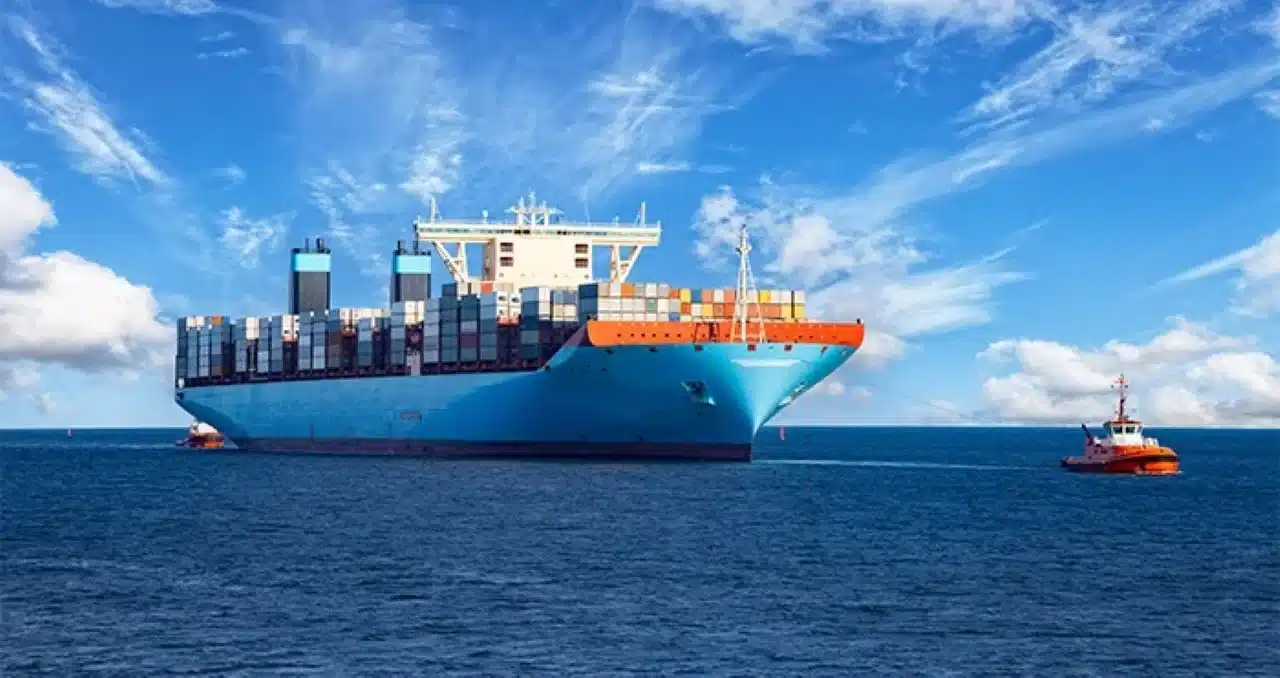

Table of Contents
Benefits of Choosing Ocean Freight
Choosing ocean freight for transporting goods offers several benefits, particularly for businesses involved in international trade. Here are some key advantages:
Key Features
1. Cost-Effectiveness
Lower Costs: Ocean freight is typically more economical than air freight, especially for large, heavy, or bulky shipments.
Bulk Shipping: It allows for the transportation of large volumes of goods at a lower cost per unit, making it ideal for high-volume shipments.
2. Capacity and Volume
Large Capacity: Ships can carry a vast amount of cargo, accommodating large shipments that may be impractical or impossible to transport by air.
Diverse Cargo: Ocean freight can handle a wide variety of goods, including heavy machinery, vehicles, raw materials, and consumer goods.
3. Environmental Impact
Lower Emissions: Ocean freight generally produces fewer CO2 emissions per ton-mile compared to air freight, making it a more environmentally friendly option.
Sustainability: Advances in maritime technology are continually improving the environmental footprint of shipping vessels.
4. Reliability and Safety
Lower Risk of Accidents: Ocean freight is less prone to accidents and damage compared to road and air transport.
Security Measures: Modern shipping companies employ stringent security measures to protect cargo from theft and damage.
5. Global Reach
Extensive Network: Ocean freight provides access to virtually every corner of the world, with major ports in nearly every country.
Infrastructure: Established port infrastructure supports efficient loading, unloading, and storage of goods.
6. Flexibility
Variety of Vessels: Different types of ships (e.g., container ships, bulk carriers, tankers) can accommodate various types of cargo.
Specialized Services: Options for refrigerated containers (reefers) and other specialized equipment to transport perishable and sensitive goods.
7. Economies of Scale
Reduced Costs: Larger shipments spread the cost of transportation over more units, reducing the per-unit cost.
Efficiency: Shipping lines operate on economies of scale, offering more competitive rates for larger consignments.
8. Consolidation Services
Less than Container Load (LCL): Allows businesses to share container space with other shippers, reducing costs for smaller shipments.
Full Container Load (FCL): Provides exclusive use of an entire container for larger shipments, maximizing efficiency.
9. Trade Facilitation
Customs and Compliance: Ocean carriers often provide comprehensive services that include handling customs clearance and compliance with international trade regulations.
Documentation: Assistance with necessary documentation such as bills of lading, manifests, and shipping declarations.
10. Long-Term Storage
Temporary Warehousing: Ports often have warehousing facilities, allowing for temporary storage of goods before final distribution.
Inventory Management: Helps in managing inventory levels, especially for businesses with just-in-time (JIT) logistics models.
Types of Ocean Freight Services
Ocean freight services come in various types, each catering to specific needs and types of cargo. Here are the main types of ocean freight services:

Key Features
1. Full Container Load (FCL)
Description: A service where an entire container is used exclusively by one shipper.
Benefits: Cost-effective for large shipments, better security, and reduced risk of damage.
Use Case: Suitable for large shipments or when shipping high-value goods that require dedicated space.
2. Less than Container Load (LCL)
Description: A service where multiple shippers share the same container.
Benefits: Cost-effective for smaller shipments that don’t require a full container, flexible for varying shipment sizes.
Use Case: Ideal for small to medium-sized businesses that do not have enough goods to fill a full container.
3. Roll-On/Roll-Off (Ro-Ro)
Description: A service designed for wheeled cargo that can be driven on and off the vessel.
Benefits: Efficient for transporting vehicles, heavy machinery, and equipment that can be driven or towed onto the ship.
Use Case: Commonly used for shipping cars, trucks, trailers, and other vehicles.
4. Break Bulk
Description: A service for oversized cargo that doesn’t fit into standard containers and is loaded individually.
Benefits: Suitable for large, heavy, or irregularly shaped items.
Use Case: Used for shipping heavy machinery, construction equipment, and large industrial parts.
5. Bulk Shipping
Description: A service for transporting unpackaged bulk cargo, usually in large quantities.
Benefits: Cost-effective for high-volume, homogenous cargo like grains, coal, minerals, and liquids.
Use Case: Ideal for commodities such as agricultural products, raw materials, and chemicals.
6. Reefer (Refrigerated) Containers
Description: A service that uses refrigerated containers to transport perishable goods.
Benefits: Maintains temperature-sensitive cargo throughout the shipping process.
Use Case: Essential for food products, pharmaceuticals, and other temperature-sensitive items.
7. Flat Rack Containers
Description: A service using containers with collapsible sides to accommodate oversized cargo.
Benefits: Flexible for loading and securing irregularly shaped items.
Use Case: Suitable for large machinery, vehicles, and heavy equipment that don’t fit into standard containers.
8. Open Top Containers
Description: Containers with a removable top, allowing for cargo that exceeds standard height restrictions.
Benefits: Facilitates easy loading of tall or awkwardly shaped items.
Use Case: Used for transporting large industrial parts, machinery, and construction materials.
9. Liquid Bulk
Description: A service for transporting liquid cargo in specialized tanks.
Benefits: Safe and efficient handling of liquids, often with temperature control.
Use Case: Ideal for chemicals, petroleum products, and food-grade liquids.
10. Project Cargo
Description: A service tailored for complex and large-scale shipments, often requiring special handling and coordination.
Benefits: Customized solutions for unique shipping challenges, including heavy lift and out-of-gauge cargo.
Use Case: Common in industries such as construction, oil and gas, and renewable energy for transporting large infrastructure components.
11. Hazardous Materials (Hazmat)
Description: Specialized services for transporting dangerous goods requiring strict regulatory compliance.
Benefits: Ensures safe and legal transport of hazardous materials.
Use Case: Used for chemicals, explosives, radioactive materials, and other hazardous substances.
12. Door-to-Door Service
Description: A comprehensive service where the logistics provider handles the entire shipping process from the shipper’s location to the final destination.
Benefits: Simplifies logistics management, reduces coordination efforts, and ensures end-to-end control.
Use Case: Suitable for businesses seeking a seamless and integrated shipping solution.
Key Players in Ocean Freight Shipping
The ocean freight shipping industry is dominated by a few key players who have established themselves as leaders in the global market. These companies offer a range of services and operate extensive fleets, allowing them to manage large volumes of cargo and serve various international routes. Here are some of the key players in ocean freight shipping:
Key Features
1. A.P. Moller-Maersk Group
Overview: One of the largest and most well-known shipping companies in the world, headquartered in Copenhagen, Denmark.
Services: Provides container shipping, terminal services, logistics, and supply chain management.
Fleet: Operates a vast fleet of container ships and has extensive global reach with numerous ports of call.
2. Mediterranean Shipping Company (MSC)
Overview: A leading global shipping line based in Geneva, Switzerland.
Services: Offers container shipping, logistics, and terminal operations.
Fleet: Operates a large fleet of container ships and provides extensive services across all major trade routes.
3. CMA CGM Group
Overview: A major French shipping company with a strong global presence.
Services: Provides container shipping, logistics, and terminal operations.
Fleet: Operates a large fleet of container ships and has a significant presence in global shipping lanes.
4. COSCO Shipping
Overview: A state-owned Chinese shipping company and one of the largest shipping lines in the world.
Services: Offers container shipping, bulk shipping, logistics, and terminal operations.
Fleet: Operates a vast fleet of container ships, bulk carriers, and specialized vessels.
5. Hapag-Lloyd
Overview: A German-based shipping company with a strong international presence.
Services: Provides container shipping, logistics, and supply chain solutions.
Fleet: Operates a large and modern fleet of container ships, serving global trade routes.
6. ONE (Ocean Network Express)
Overview: A Japanese shipping company formed through the merger of three major Japanese carriers: NYK Line, MOL, and K Line.
Services: Offers container shipping and integrated logistics solutions.
Fleet: Operates a sizeable fleet of container ships and has a global network.
7. Evergreen Marine
Overview: A Taiwanese shipping company known for its extensive container shipping operations.
Services: Provides container shipping and logistics services.
Fleet: Operates a large fleet of container ships and serves numerous global trade routes.
8. Yang Ming Marine Transport Corporation
Overview: Another major Taiwanese shipping company with a strong presence in global shipping.
Services: Offers container shipping and logistics services.
Fleet: Operates a modern fleet of container ships and provides extensive services across major trade routes.
9. HMM (Hyundai Merchant Marine)
Overview: A South Korean shipping company that has expanded its global reach.
Services: Provides container shipping, bulk shipping, and logistics services.
Fleet: Operates a fleet of container ships and bulk carriers, serving key global trade routes.
10. ZIM Integrated Shipping Services
Overview: An Israeli shipping company with a strong presence in international shipping.
Services: Offers container shipping and logistics solutions.
Fleet: Operates a fleet of container ships and provides services on various global routes.
These key players have established themselves through extensive networks, large fleets, and comprehensive service offerings, making them critical components of the global supply chain. Their ability to handle diverse cargo types and provide integrated logistics solutions helps facilitate international trade and commerce.
Understanding Shipping Costs and Fees
Understanding shipping costs and fees in ocean freight can be complex due to the variety of charges involved. These costs can be broadly categorized into freight charges, surcharges, port charges, and other ancillary fees. Here’s a detailed breakdown of the key components:
Key Features
1. Freight Charges
Base Freight Rate: The fundamental cost of transporting goods from the port of origin to the port of destination. This rate is usually quoted per container (e.g., 20-foot or 40-foot container).
Freight All Kinds (FAK): A standardized rate applied to mixed cargo types, offering a simplified pricing structure.
2. Surcharges
Bunker Adjustment Factor (BAF): A surcharge to cover the fluctuating cost of fuel. This can vary based on fuel prices and shipping routes.
Currency Adjustment Factor (CAF): A surcharge to account for exchange rate fluctuations between the currency of the freight contract and the operational currency.
Peak Season Surcharge (PSS): An additional fee during peak shipping seasons when demand is high.
Congestion Surcharge: Applied when ports are congested, causing delays and additional handling requirements.
Low Sulfur Surcharge: Imposed to comply with environmental regulations requiring the use of low sulfur fuel.
3. Port Charges
Terminal Handling Charges (THC): Fees for loading and unloading containers at the port terminal. These are charged by the terminal operator and can vary by port.
Port Service Charge: General fees levied by the port authority for using the port facilities.
Customs Clearance Fees: Costs associated with the processing and inspection of goods by customs authorities at the destination port.
4. Other Ancillary Fees
Documentation Fees: Charges for the preparation and processing of shipping documents such as bills of lading, shipping instructions, and certificates of origin.
Bill of Lading Fee: A fee for issuing the bill of lading, the primary document used for shipment.
Security Fees: Fees related to enhanced security measures, such as the International Ship and Port Facility Security (ISPS) Code charges.
Container Cleaning Fee: Charges for cleaning containers, especially if they are returned dirty or with residue.
Container Demurrage and Detention Fees:
Demurrage: Charged when containers are not moved out of the port within the allowed free time.
Detention: Charged when containers are held beyond the free period outside the port, before being returned to the shipping line.
Inland Transportation Fees: Costs for moving containers from the port to inland destinations, which can include trucking, rail, or barge fees.
Cargo Insurance: Optional but recommended coverage to protect against loss or damage during transit.
Pre-Carriage and On-Carriage Fees: Charges for transporting goods from the shipper’s location to the port of origin (pre-carriage) and from the destination port to the final delivery point (on-carriage).
Factors Influencing Shipping Costs
- Cargo Volume and Weight: Larger and heavier shipments generally incur higher costs.
- Shipping Distance: Longer distances typically result in higher freight charges.
- Cargo Type: Hazardous or perishable goods may attract additional handling fees and surcharges.
- Seasonality: Peak seasons can lead to increased rates due to higher demand.
- Fuel Prices: Fluctuations in fuel costs directly impact surcharges like BAF.
- Market Conditions: Supply and demand dynamics within the shipping industry can affect pricing.
- Cargo Volume and Weight: Larger and heavier shipments generally incur higher costs.
- Shipping Distance: Longer distances typically result in higher freight charges.
- Cargo Type: Hazardous or perishable goods may attract additional handling fees and surcharges.
- Seasonality: Peak seasons can lead to increased rates due to higher demand
- Fuel Prices: Fluctuations in fuel costs directly impact surcharges like BAF.
- Market Conditions: Supply and demand dynamics within the shipping industry can affect pricing.
Preparing Your Cargo for Shipment
Proper preparation of cargo is crucial to ensure safe and efficient transportation:
- Packaging: Use durable, weather-resistant materials to protect goods during transit.
- Labeling: Clearly label packages with destination information and handling instructions.
- Documentation: Prepare necessary documents, including the Bill of Lading, commercial invoice, packing list, and certificates of origin.
- Compliance: Ensure compliance with international shipping regulations and standards.
Tracking Your Shipment Effectively
Effective shipment tracking helps manage logistics and provides peace of mind:
- Tracking Systems: Utilize online tracking platforms provided by shipping lines or freight forwarders.
- Communication: Maintain regular contact with freight forwarders for updates.
- Technology: Use GPS and IoT devices for real-time tracking of high-value or sensitive cargo
- Documentation: Keep detailed records of shipment status and milestones.
Ocean freight shipping is a cornerstone of global trade, offering a cost-effective and efficient method for transporting large volumes of goods internationally. By understanding the benefits, types of services, key players, costs, preparation steps, and tracking methods, businesses can optimize their shipping processes and ensure the smooth movement of their goods across the seas.

TopShipping
With years of experience in logistics and freight forwarding, the author is passionate about making shipping smoother and more efficient.
As a leader at TopShipping, they’ve developed a deep understanding of supply chain management, international shipping rules, and creative logistics solutions. They’re driven by a desire to help businesses succeed by delivering reliable, customer-focused services.
Over the years, they’ve also shared their expertise by writing for various industry publications, offering practical tips and insights on the latest trends in logistics. Thanks to their leadership, TopShipping has become a trusted name for companies looking for hassle-free global freight solutions.


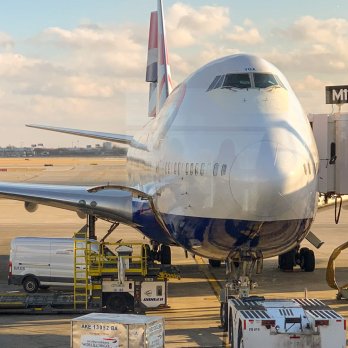

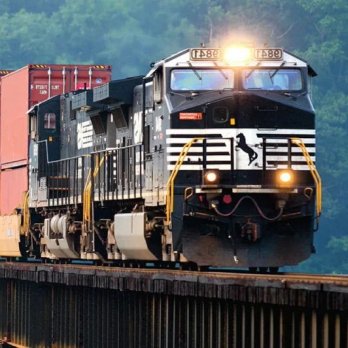
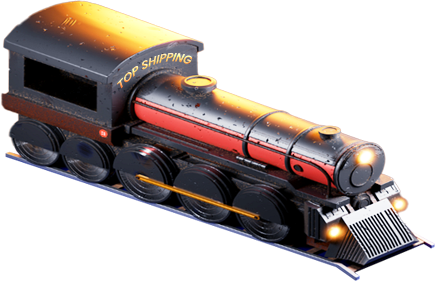
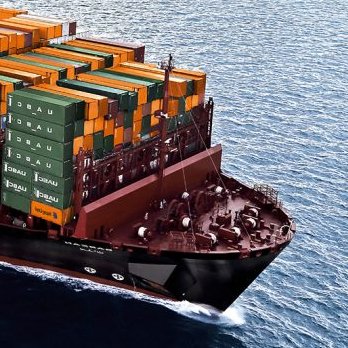
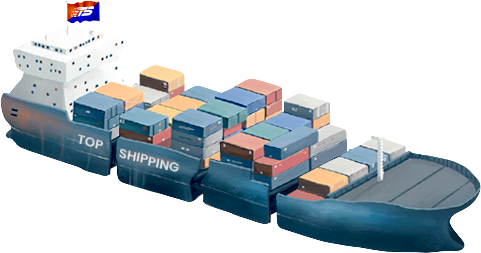
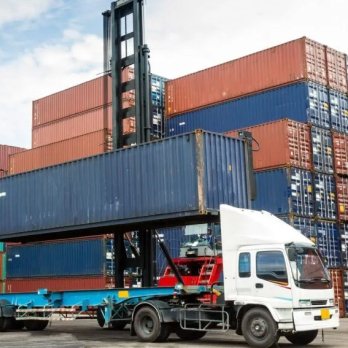

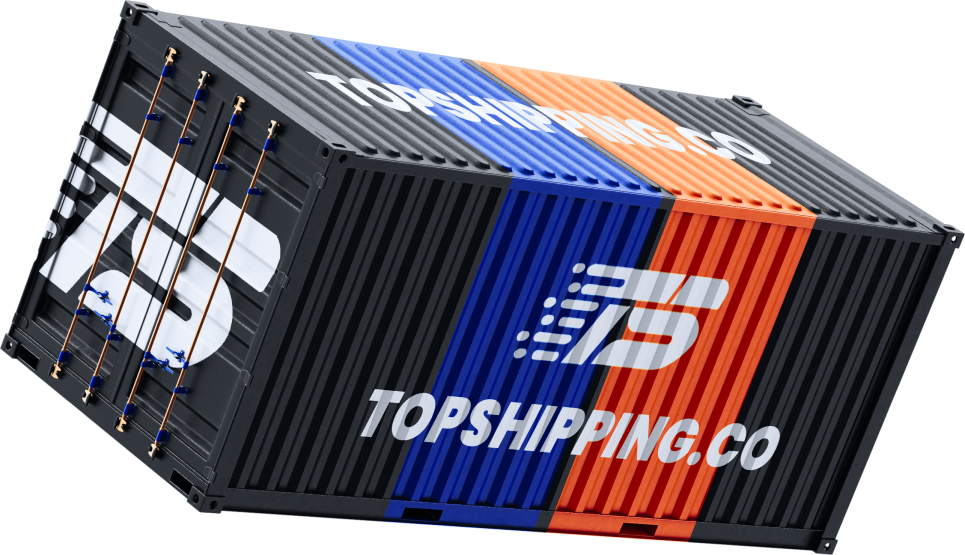





No comments yet.